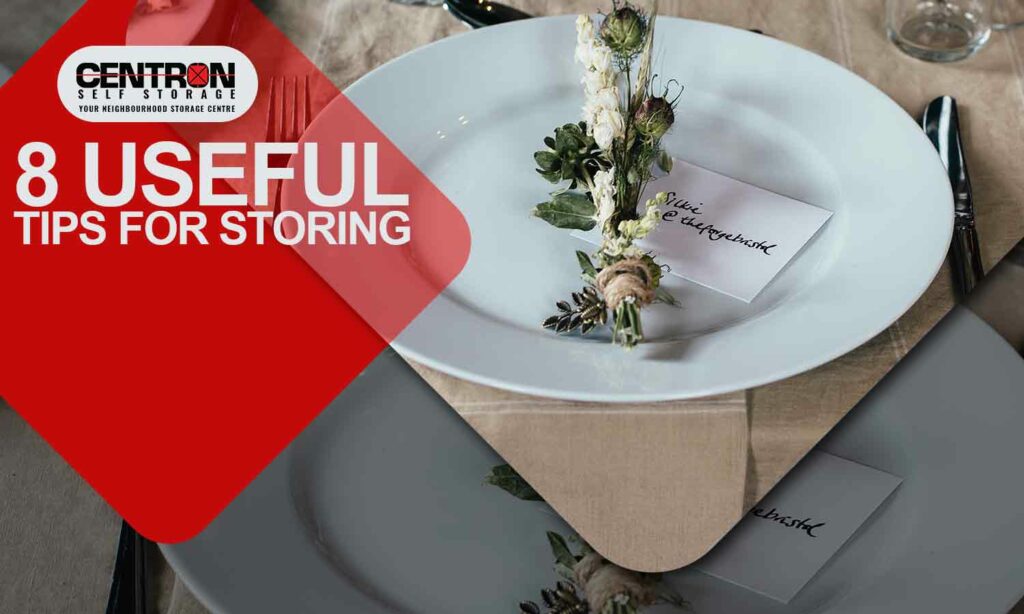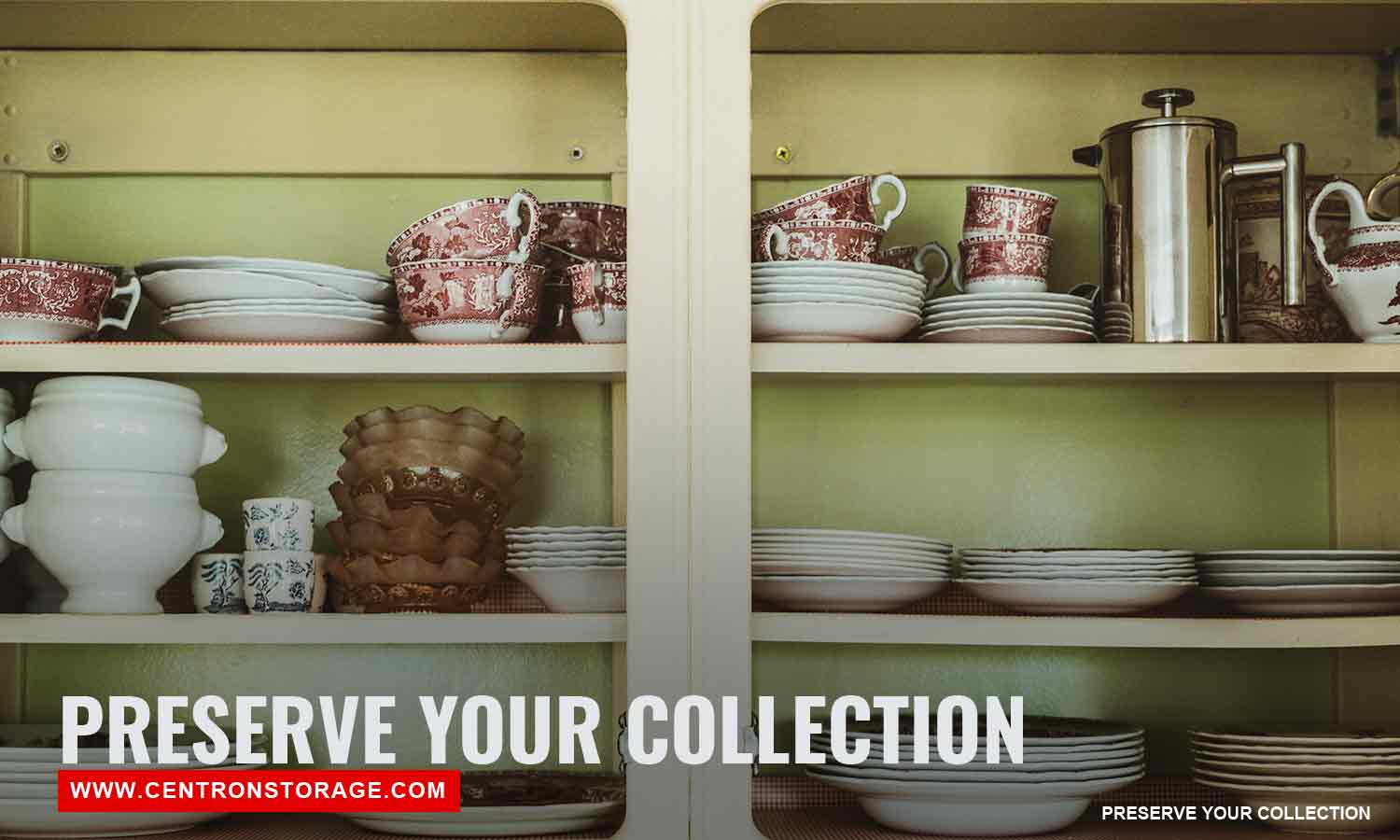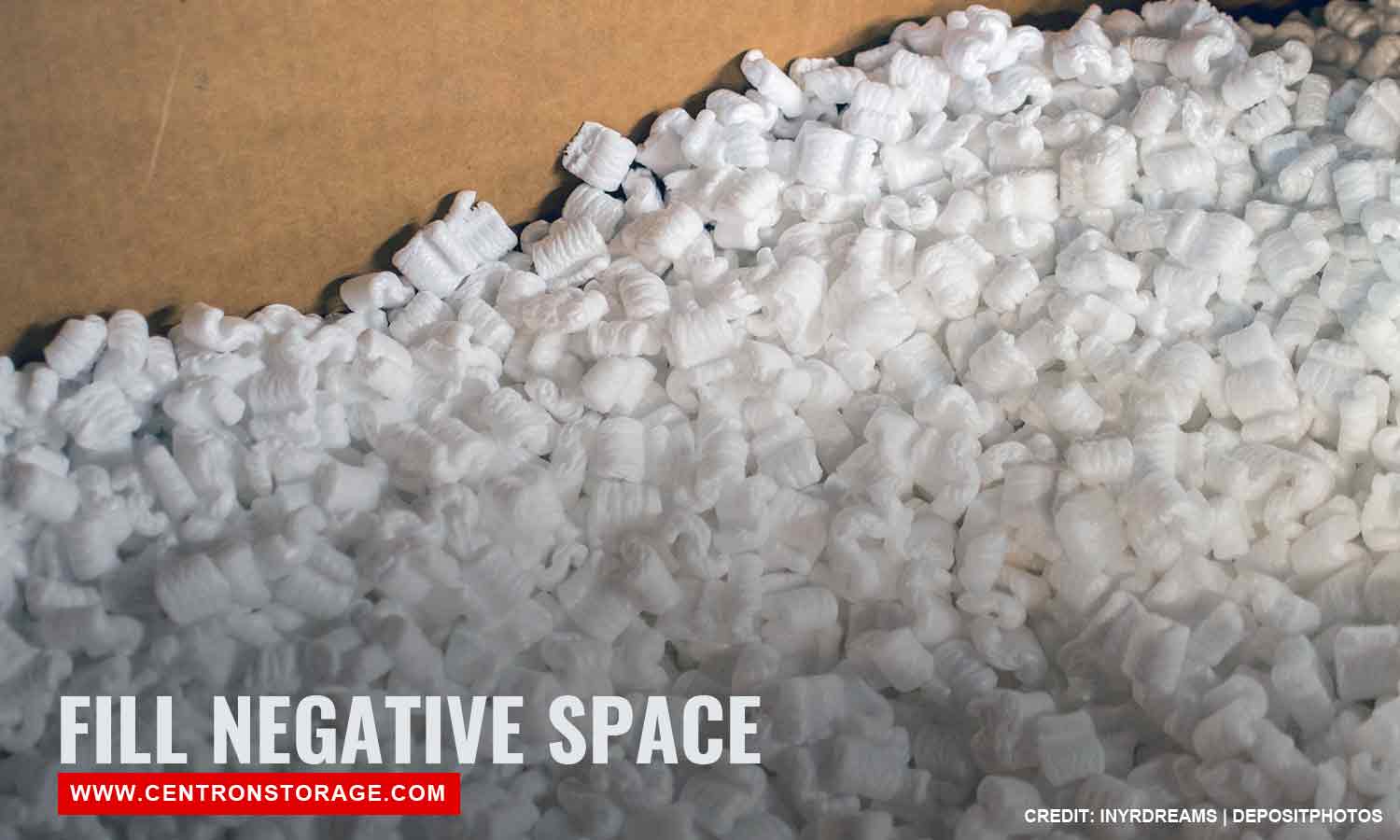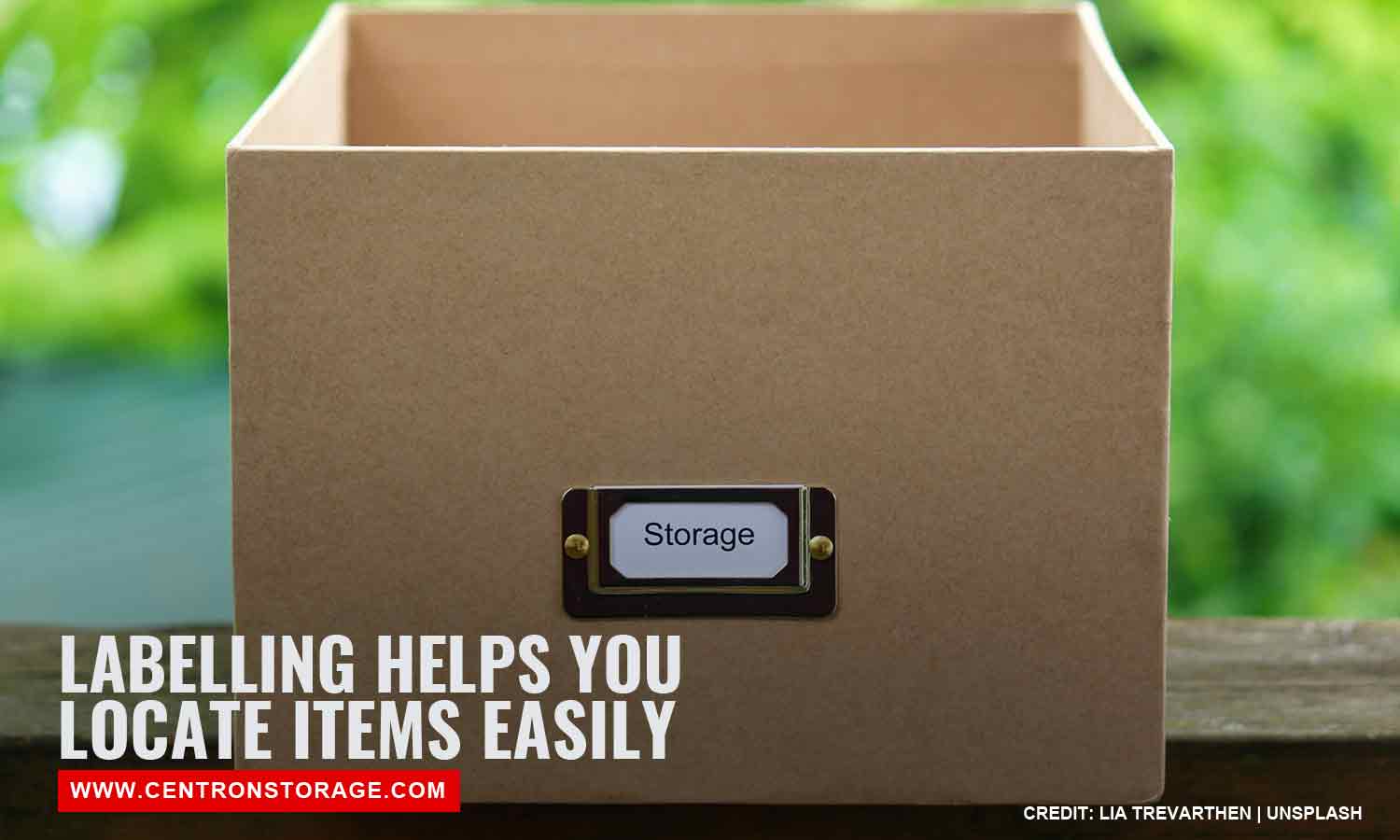8 Useful Tips for Storing Glassware and Chinaware

When it comes to storing your belongings, you know that some items are more prone to breakage than others—glassware, chinaware, mugs, and wine glasses, for example. In addition to being extremely fragile, these pieces can also be quite expensive, especially fine china or a delicate plate or dish set.
You can’t just stuff china and glass into a box and call it a day; each item requires a more delicate approach to both handling and storing. If you want to properly preserve these valuable objects, it’s important to consider the price, fragility, and sentimental content of each case. Learning how to carefully arrange and protect your glassware and chinaware can make all the difference in keeping them safe for years to come.

Chinaware is made of a fine white or translucent vitrified ceramic material. It takes its name from China, the country where it was originally created over 11,000 years ago. It comes in the following varieties:
- China
- Porcelain
- Bone china
- Ceramics
- Earthenware
- Stoneware
Closely associated with fine dining, chinaware is often reserved for special occasions, while some are used purely for decorative purposes. Because of this, households with a set (or two) of china keep them in storage nearly the whole year round.
Glassware, on the other hand, is considered a cheaper alternative to ceramics. These are easier to make and come in a variety of stylish designs that make them extremely popular among the public. However, they are equally fragile and need the same amount of tender loving care.
How to Care for Glassware and Chinaware in Storage
Similar to storing antiques, proper chinaware and glassware storage is essential if you want to protect them from physical damage and prevent deterioration. By following these simple tips, you will be able to keep your fragile dinnerware pieces in good condition, even if you’re storing them in the long term
Decide what to keep and what to store

Choose effective long-term storage solutions
Before placing your chinaware and glassware into their respective containers, begin by considering how often you use each item. This helps you organize effectively and maintain order in your storage space.
Frequently used tableware should be kept clean and stored neatly in a cupboard, kitchen cabinet, or on a shelf for easy access. For a more elegant experience, consider a display cabinet that lets you show off your collection while adding vibrance to your dining room.
Items reserved for special occasions can be placed in a safe location like the attic or basement. For added safety, or if space is limited, a reliable storage centre is an excellent alternative for long-term protection.
Wrap them individually

Even when inside a storage container, glassware and chinaware are still at risk of physical damage when handling. Pieces are likely to bump into the sides of the containers or each other when you move the box from one place to another and acquire damage including:
- Scratches on the surface of plates and sides of the wine glasses
- Chips on the rims of the drinking glasses and the edges of the plates
- Hairline cracks on the sides of glassware
Wrapping glassware and chinaware individually will keep this from happening. That also means that pieces, such as teapots and serving bowls, should be wrapped separately from their lids. Additionally, you should fill the insides of glasses with wrapping material to prevent breakage.
When choosing wrapping material, opt for the variety that can provide adequate protection, like:
- Bubblewrap – This provides the best protection due to it’s cushioning properties which makes it perfect for fine china and expensive glassware.
- Paper towels – These provide excellent cushioning.
- Standard wrapping paper – This is a great all overall solution and is easily available.
- Standard wrapping paper – This is a great all overall solution and is easily available.
A word of caution: Under any circumstances, do not use newspapers as substitutes for wrapping materials. The ink from these publications can leave stains that are nearly impossible to remove without damaging your products, especially fragile dishes and fine china.
Use cardboard dividers — they’re your friends!
Another great way to keep your drinking glasses and china cups secure inside a container is to use cardboard dividers. These act as partitions to separate and protect each product during storage or shipping.
Cell dividers are the most popular type of cardboard dividers and can be easily obtained at your local supermarket or online. They work well in combination with wrapping paper or bubble wrap, enhancing the protective coating around your tableware and accessories. This is applicable regardless of the colour of the cell divider.
Make sure the box is fully secure

Even with wrapping and dividers in place, fragile products may still shift due to empty space in the box. Before sealing the container with a lid, fill these gaps to prevent movement. This added durability minimizes the risk of breakage.
Effective filler options include:
- Packing peanuts
- Cushion foam
- Packing paper
- Bubble wrap
Opt for smaller plastic storage bins for heavier objects
While china is fragile, it can also be quite heavy. As a general rule, store heavier items in smaller plastic bins, which are more durable than cardboard and provide better protection from heat, dust, and dirt. Look for bins that come in various sizes and colours for added organization.
Plastic bins are especially ideal for high-quality dishware that isn’t dishwasher-safe or that has delicate finishes. Always check the details and care instructions for each brand before storing.
Label your boxes

Unless you have x-ray vision, you’ll never find out what’s inside a box without opening it. Labelling your cardboard and plastic containers is a great solution for this dilemma. Include specifics like size, product type, or colour, so you can retrieve what you need easily.
Labels also remind you to handle fragile items with care—especially when stacking isn’t an option.
Avoid stacking boxes on top of each other
One common glassware storage container that people use are cardboard boxes. While there’s nothing wrong with that, people tend to stack these boxes on top of each other. Doing so places a significant amount of pressure on the items at the bottom. If fragile tableware ends up at the bottom of a pile, they can cave under the load and break.
If you want your chinaware and glassware to stay in one piece, do not use cardboard boxes to store them in and place them at the top.
Store in an area with consistent temperature
Constant shifts in temperature can be harmful to your china and glass items. Storing them in areas with extreme temperatures and humidity will cause them to crack.
Always take the temperature of the storage area into consideration when storing glassware and chinaware.
When packing and storing delicate dinnerware, it is important to take your time and go through each step carefully. By following proper storage methods, you’ll be able to reduce the risk of damaging them and ensuring that you can still use them the next time you have a special event.
If you’re looking for an excellent storage solution for your glassware and chinaware in the North York area, contact Centron Self Storage at (416) 739-0000. We offer great deals and amazing customer service.
